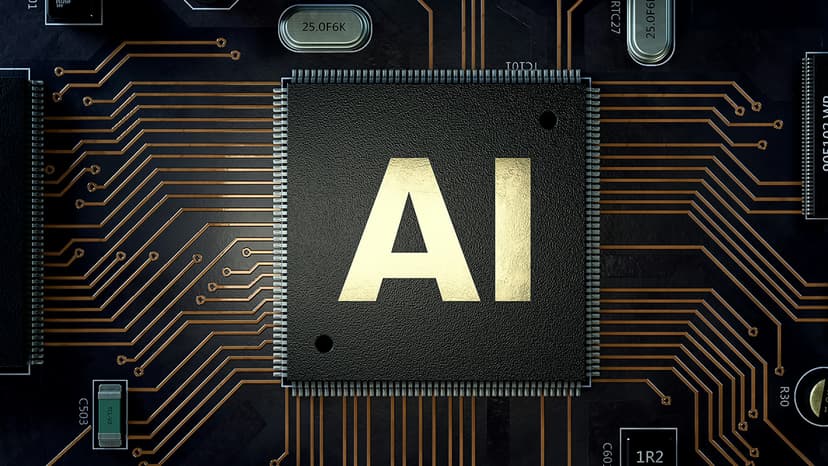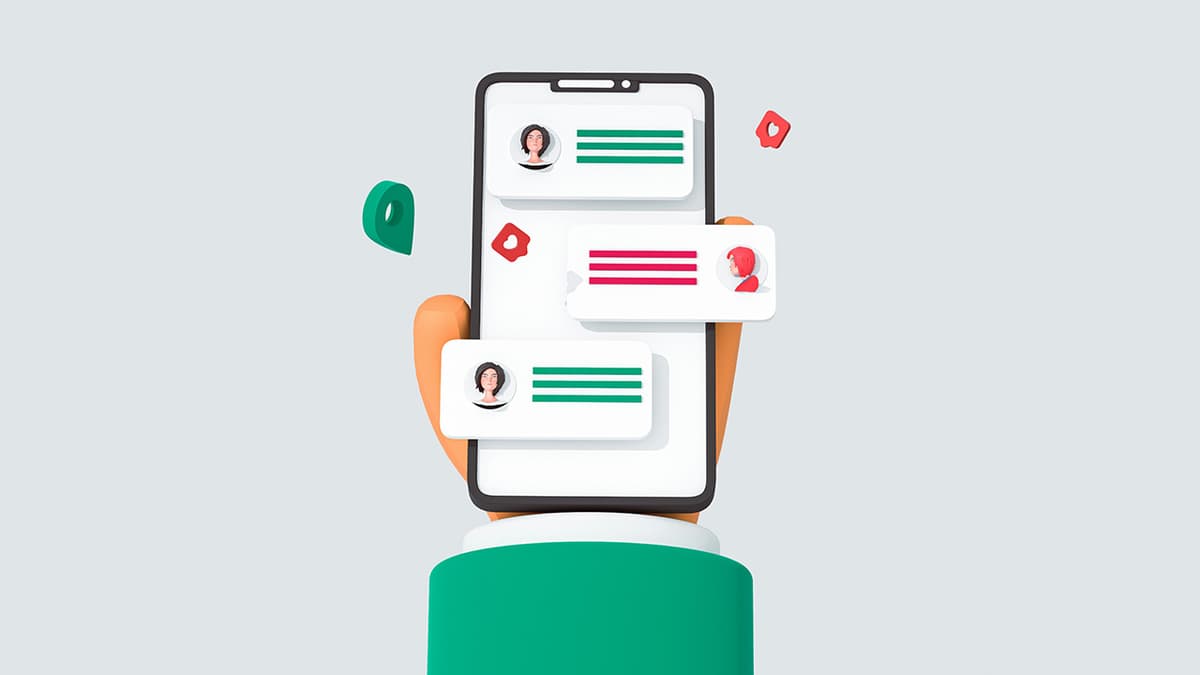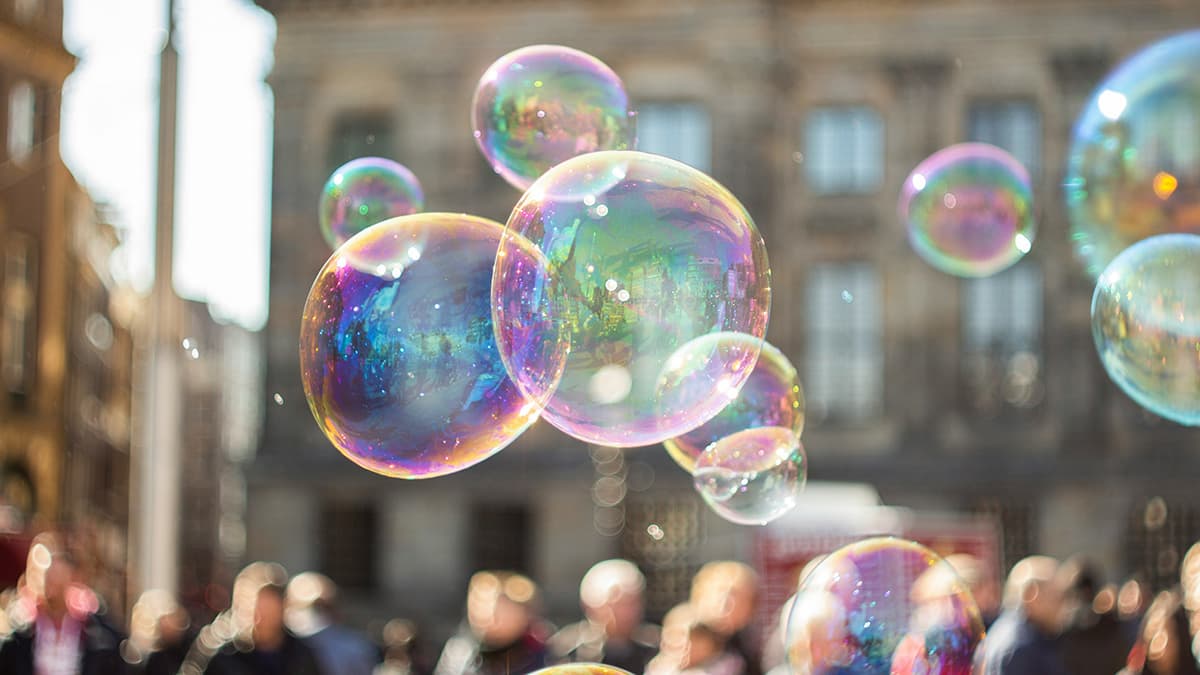Game On: Leveling Up Marketing Strategies with Gamification
Engaging customers is a challenge for all businesses. Gamification offers a solution that captures attention and maintains interest. This approach merges gaming elements with marketing, creating dynamic interactions.
What makes games appealing? Earning points, climbing leaderboards, and unlocking new levels are just a few factors. Gamification incorporates these elements into marketing strategies. Here’s how it works.
The Power-Up of Gamification
Rewards programs are a simple example of gamification. A punch card from a coffee shop represents a free coffee after ten purchases. Businesses apply game-design elements in non-game contexts, enhancing their marketing strategies.
To succeed, companies must align their marketing goals with customer interests. Gamification creates engaging experiences that go beyond transactions. It offers an adventure and a chance to be part of a story.
Loyalty Programs: The Original Gamification
Loyalty programs are foundational in gamification. They effectively engage customers. Many brands use these programs to enhance the shopping experience. Customers focus on reaching the next reward, turning purchases into an enjoyable journey.
These programs create a sense of progress. Positive emotions associated with rewards can lead to stronger customer loyalty.
Epic Quests: Missions that Market
Setting up missions or challenges for customers can be highly effective. These might involve trying new products or engaging with brand content. When customers complete these missions, they earn rewards or discounts. This approach fosters a sense of accomplishment.
Nike exemplifies this strategy with the Nike+ app. Users track runs, compete with friends, and earn achievements, enhancing the brand experience.
Digital Badges & Leaderboards: A Virtual High-Five
Badges and leaderboards thrive in the digital space. Badges act as virtual trophies to showcase achievements and encourage customer interaction.
Leaderboards amplify competition. Customers enjoy seeing their rankings, which boosts engagement and can drive sales.
Level Up: Education as Engagement
Gamification isn't just about shopping. Some businesses use it to educate customers about products or services. Quizzes and interactive guides allow customers to learn while having fun, increasing the likelihood of investment in a product.
A/B Testing: The Mini-Game of Marketing
A/B testing can also serve as a form of gamification. It turns message optimization into a competitive game, where marketers can celebrate winning strategies and encourage customer participation in future tests.
The Challenge: Keeping It Fresh
Maintaining interest is crucial. If gamification strategies become stale, customers may disengage. Constant innovation is necessary to ensure rewards are appealing, challenges engaging, and progress clear. Creativity and adaptability are key to staying effective.
Powering Down
Gamification creates an engaging and memorable experience in marketing. It transforms ordinary shopping into an exciting quest and makes brand interactions more captivating.
Are you ready to gamify your marketing approach? Focus on connecting with human emotions: the thrill of challenge, the joy of achievement, and the satisfaction of recognition. Gamification can enhance your marketing, creating a fun and immersive experience. Game on!












